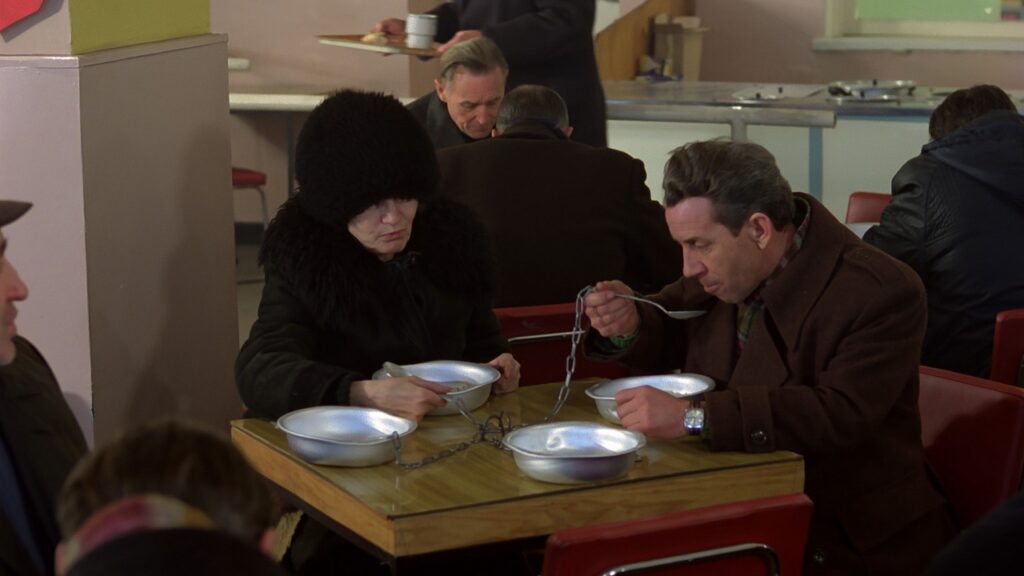The idea of good food as a public service isn’t new. In Poland, people have been going to Bar Mleczny’s, or milk bars, since the late 19th century. The first one was founded by a large dairy farmer who wanted to give employees access to healthy food at a low price, but also to improve productivity. Due to its success, many other businesses soon followed suit. After World War II, in communist Poland, milk bars became state-owned. With some 40,000 milk bars throughout the country, many Poles had access to healthy, home-cooked food at an affordable price. The menu was primarily vegetarian, with plenty of dairy. While mostly popular with people living on a small budget, the wealthy were also happy to visit.



